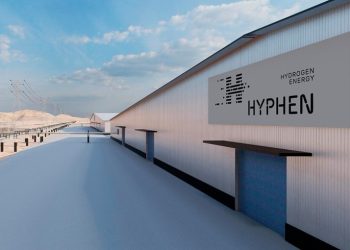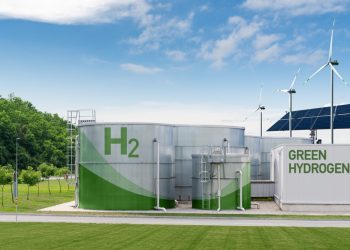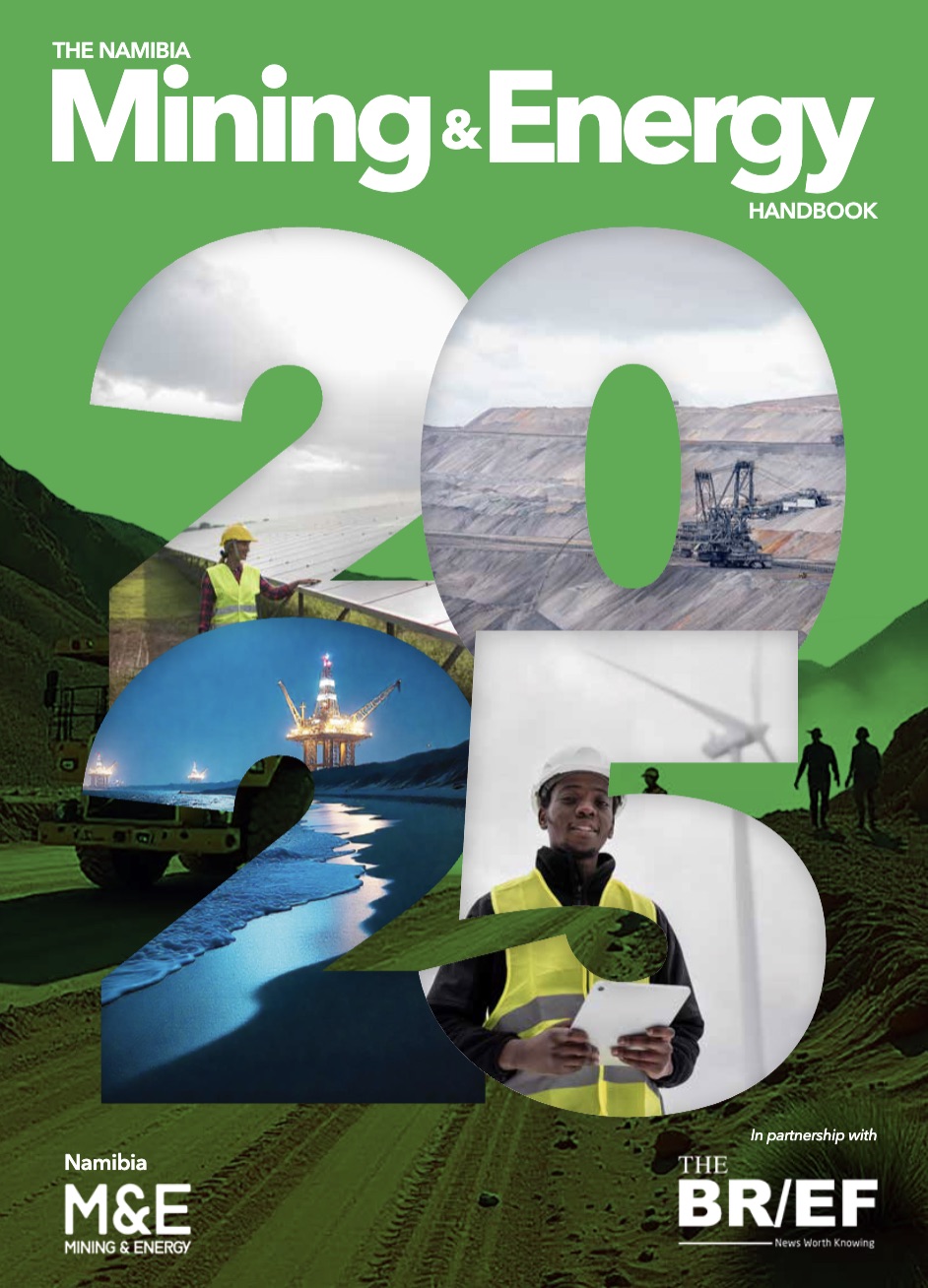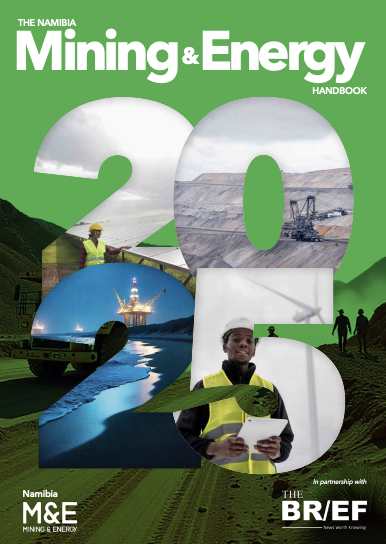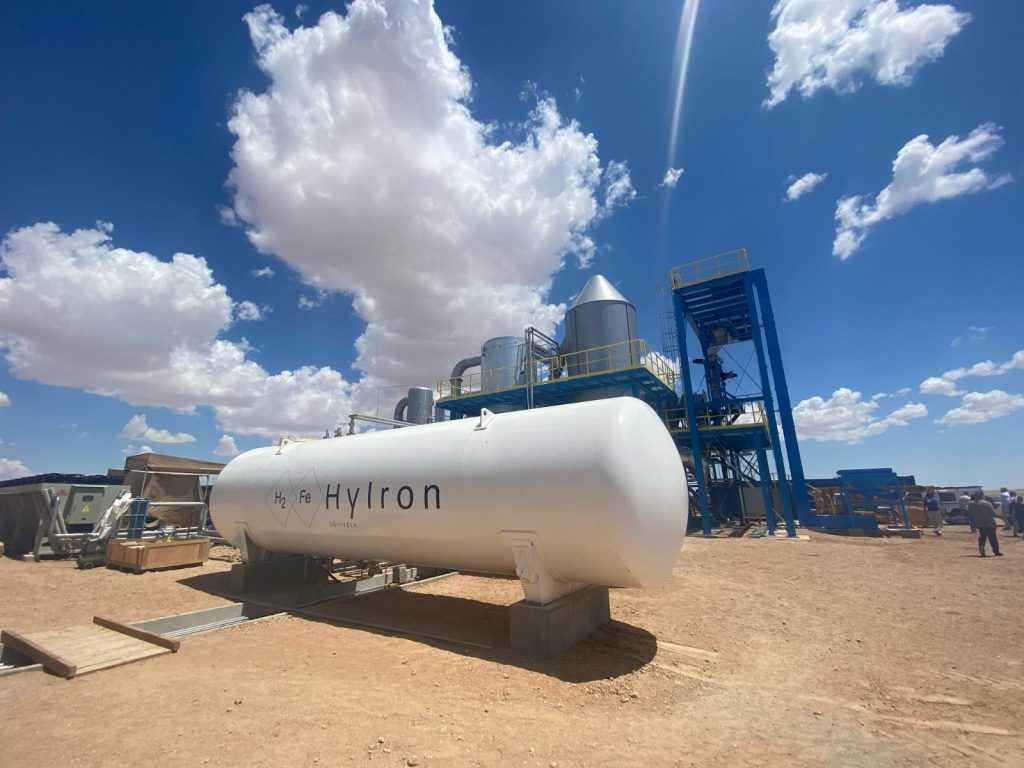
HyIron Green Technologies plans to make a final investment decision on the second phase of its green iron project in Namibia before the end of 2025, with an expected investment of N$3.89 billion (US$210 million).
HyIron Co-Founder and Chief Executive Officer Johannes Michels confirmed the timeline, describing Phase 2 as a key step in expanding green iron production in the Namib Desert.
“We are currently busy planning the next phases. We are planning to have a final investment decision for our Phase 2 upscale within this year. This will be an investment of around N$3.89 billion (US$210 million) and is the intermediate step to the next phase, which will involve production of around two million tonnes at a cost of about N$40.7 billion (US$2.2 billion),” Michels said.
HyIron’s current facility, known as the Oshivela Project, uses a 12MW electrolyser powered entirely by solar energy and is producing approximately 15,000 tonnes of green iron per year.
The company aims to scale production to industrial levels while maintaining zero-emission operations.
Michels said the company’s green iron is already nearing cost competitiveness with traditional iron-making processes.
“Our objective is to already be competitive in the second phase with traditional processes. For the customer, there will no longer be an economic difference between buying a green product or a grey product,” he said.
HyIron uses hydrogen generated through solar-powered electrolysis to reduce iron ore to pure iron, avoiding the carbon emissions typically produced by conventional steelmaking. The company plans to supply global steel manufacturers seeking lower-carbon production options.
“This is the beginning. We’ve got the raw materials. We’ve got the reduction step from iron ore to iron. Thereafter comes the steelmaking. What Namibia offers is possibly the cheapest energy source that exists in the world. That has a large impact on the entire value chain,” Michels said.
HyIron’s Project Engineer, Kelvine Amukwaya, previously said the first phase of the €30 million (approximately N$606 million) project, which began construction in 2023, was funded with €13 million (approximately N$262 million), or 45%, from the German government through a grant provided by the Federal Ministry for Economic Affairs and Climate Action (BMWK), with the remaining 55% financed by private equity.
Amukwaya said the second phase, planned for 2026, will significantly increase capacity, using around 250MW of solar power and 150 megawatt-hours of battery storage to enable continuous, off-grid operations.
“For the second phase, we are planning to build a plant that will be 10 times larger than our current facility. This will involve approximately 250 to 260 megawatts of solar PV capacity, coupled with around 150 megawatt-hours of battery storage. Battery storage is essential for stabilising our off-grid system,” Amukwaya said.
The expansion is expected to increase production to 200,000 tonnes of green iron per year.

